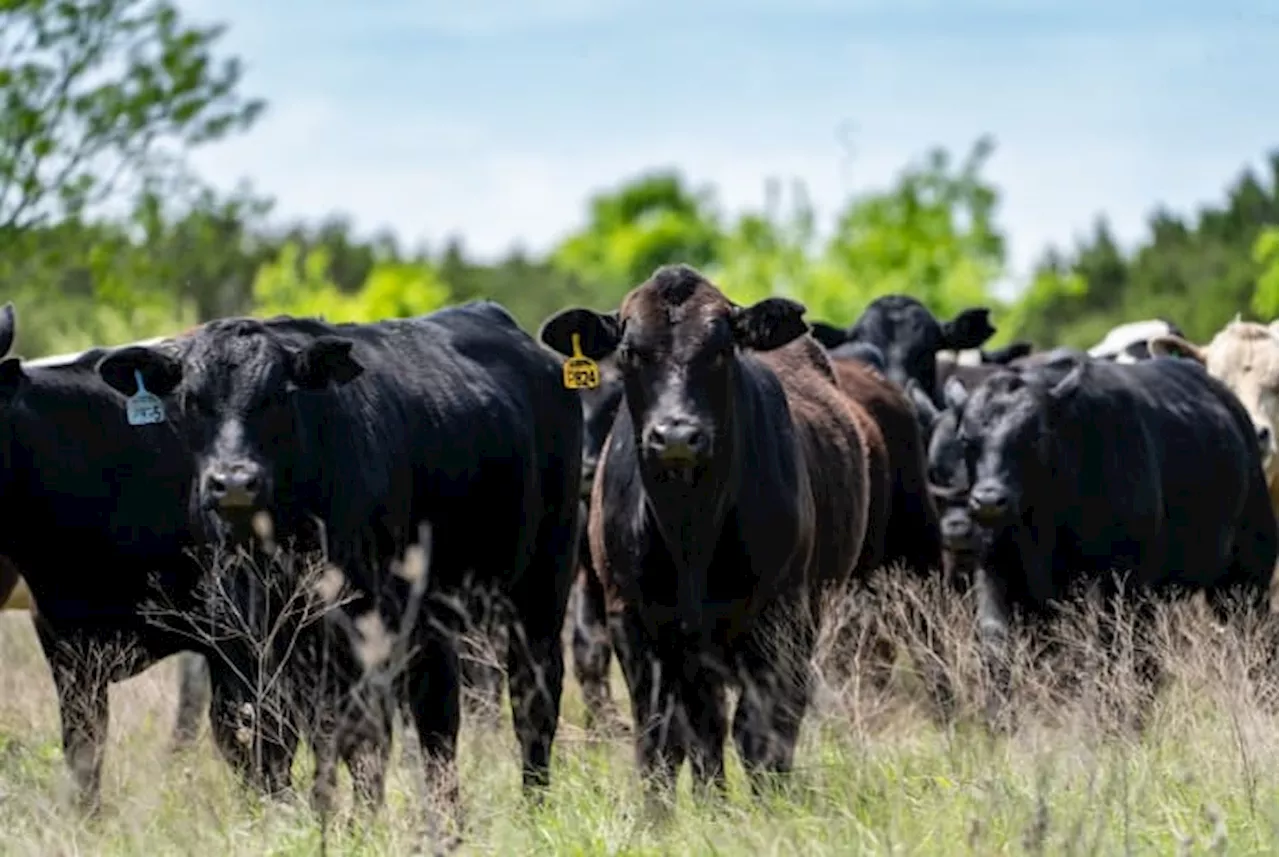Dairy farmers and veterinarians in northern Texas furiously investigated a mysterious illness among cattle before the government got involved. Farm cat deaths were the tip off.
A herd of Texas cattle. H5N1, a strain of the bird flu virus detected in the Texas Panhandle , has spread to eight other states.to The Texas Tribune will help investigative journalism that impacts state policies and politics. It is the last week of our Spring Member Drive, and our newsroom relies on readers like you who support independent Texas news.
By investigating the origins of outbreaks, researchers garner clues about how they start and spread. That information can curb the toll of an epidemic and, ideally, stop the next one. On-the-ground observations and genomic analyses point to Texas as ground zero for this outbreak in cattle. To backtrack events in Texas, KFF Health News spoke with more than a dozen people, including veterinarians, farmers, and state officials.
In hindsight, Turley wished he had made more of the migrating geese that congregate in the panhandle each winter and spring. Geese and other waterfowl have carried H5N1 around the globe. They withstand enormous loads of the virus without getting sick, passing it on to local species, like blackbirds, cowbirds, and grackles, that mix with migrating flocks.
Bethany Boggess Alcauter, director of research at the National Center for Farmworker Health, has worked in the panhandle and suspected farmworkers were unlikely to see a doctor even if they needed one. Clinics are far from where they live, she said, and many don’t speak English or Spanish — for instance, they may speak Indigenous languages such as Mixtec, which is common in parts of Mexico.
Thirteen dairy farms in the Panhandle had been affected, said Brian Bohl, director of field operations at the Texas Animal Health Commission. Farmers report that outbreaks among the herds last 30 to 45 days and most cows return to milking at their usual pace. The rules, such as prohibiting infected cattle from interstate travel for 30 days, pose a problem for farmers who move pregnant cattle to farms that specialize in calving, to graze in states with gentler winters, and to return home for milking. “When the federal order came out, some producers said, 'I’m going to quit testing,'” Bohl said., such as up to $10,000 to test and treat infected cattle. “The financial incentives will help,” Turley said. But how much remains to be seen.
Health Care Agriculture State Government Department Of Agriculture Texas Panhandle Texas Legislature
United States Latest News, United States Headlines
Similar News:You can also read news stories similar to this one that we have collected from other news sources.
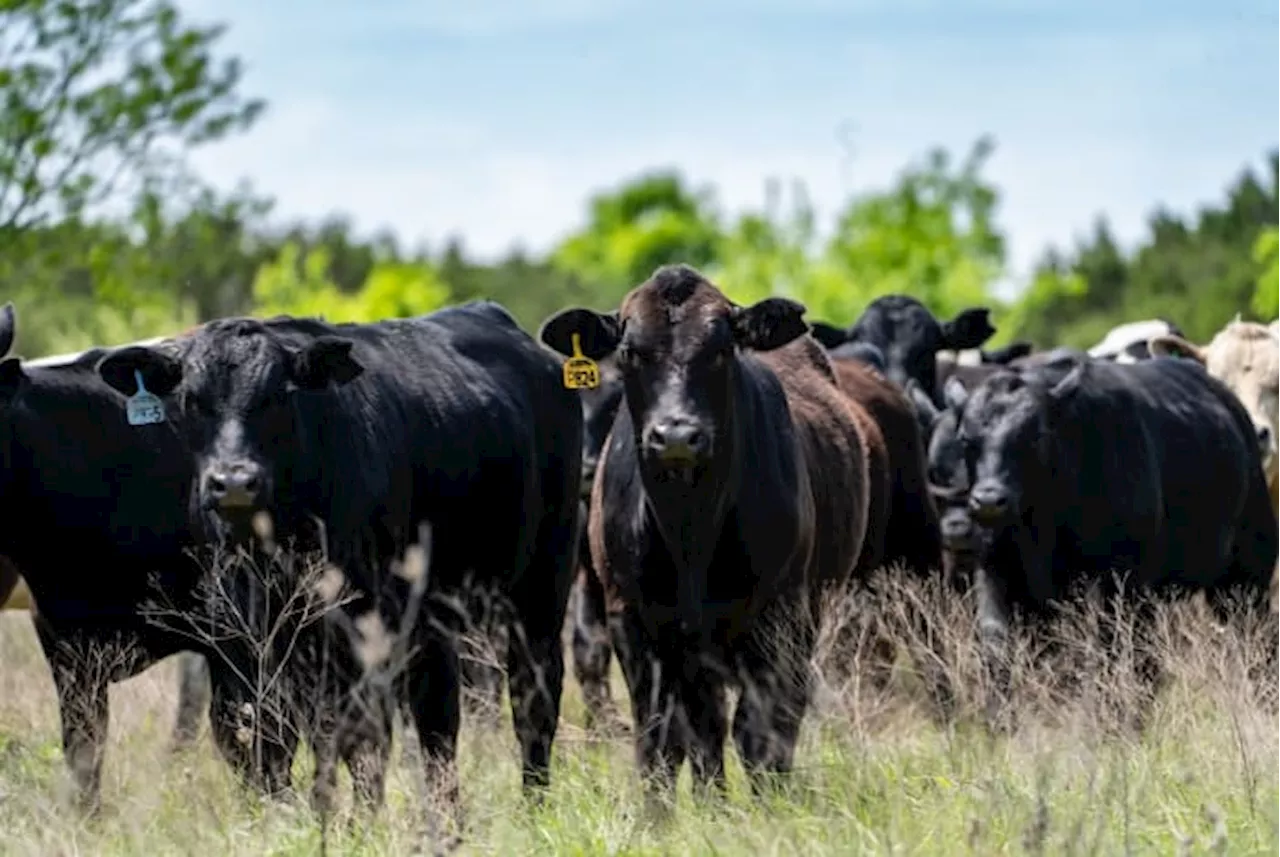 The race to uncover bird flu in the Texas PanhandleDairy farmers and veterinarians in northern Texas furiously investigated a mysterious illness among cattle before the government got involved. Farm cat deaths were the tip off.
The race to uncover bird flu in the Texas PanhandleDairy farmers and veterinarians in northern Texas furiously investigated a mysterious illness among cattle before the government got involved. Farm cat deaths were the tip off.
Read more »
 Michigan dairy worker confirmed as second case of bird flu linked to dairy cows in USA Michigan dairy worker was confirmed as the second case of bird flu in humans in the U.S.
Michigan dairy worker confirmed as second case of bird flu linked to dairy cows in USA Michigan dairy worker was confirmed as the second case of bird flu in humans in the U.S.
Read more »
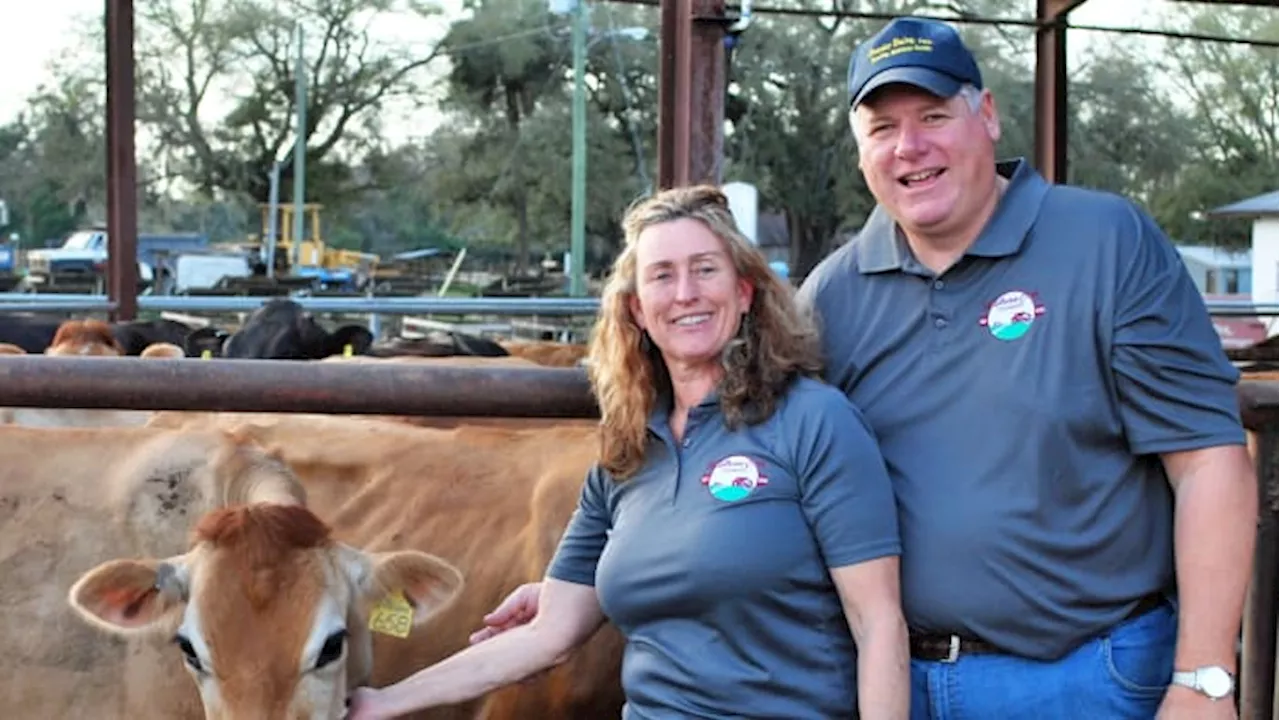 Florida dairy farmer says milk is safe to drink following bird flu outbreak in dairy cowsAfter a bird flu outbreak in dairy cows, a local dairy farmer is assuring everyone that Florida’s milk supply is safe.
Florida dairy farmer says milk is safe to drink following bird flu outbreak in dairy cowsAfter a bird flu outbreak in dairy cows, a local dairy farmer is assuring everyone that Florida’s milk supply is safe.
Read more »
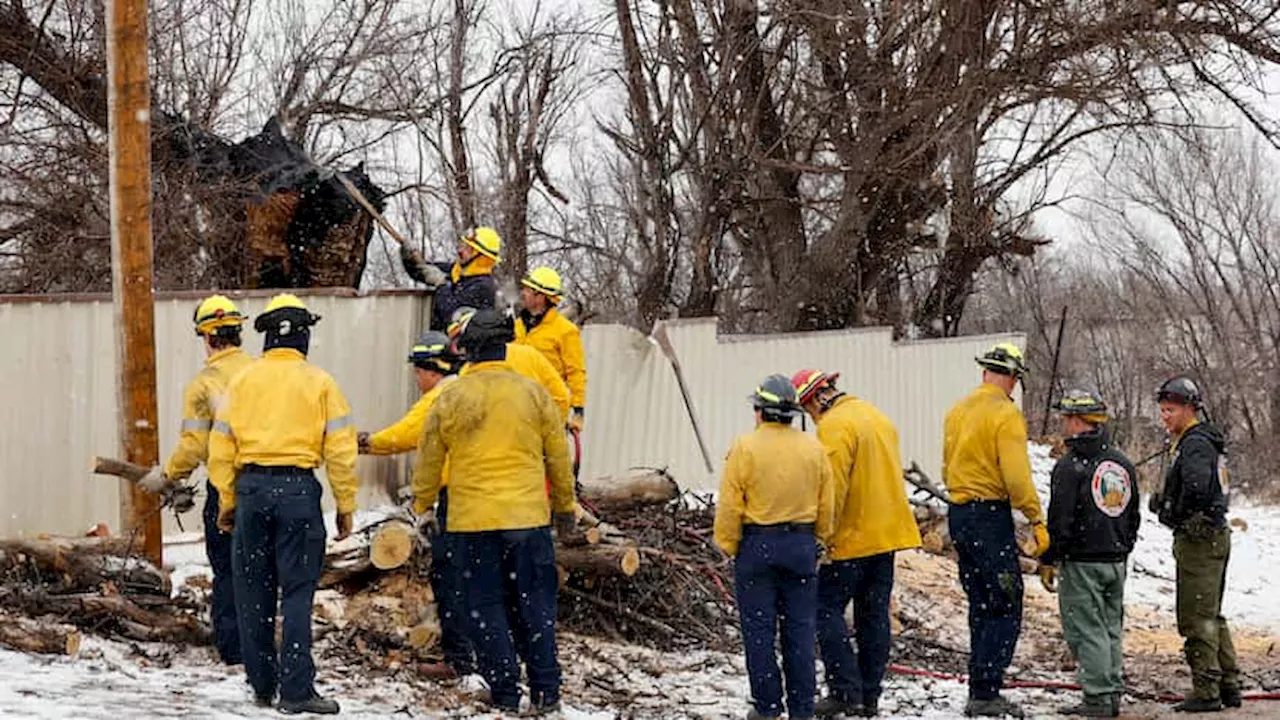 Texas House Committee releases report on deadly Panhandle wildfiresThe committee, created by House Speaker Dade Phelan in March, released their findings in an initial interim report Wednesday that provided recommended...
Texas House Committee releases report on deadly Panhandle wildfiresThe committee, created by House Speaker Dade Phelan in March, released their findings in an initial interim report Wednesday that provided recommended...
Read more »
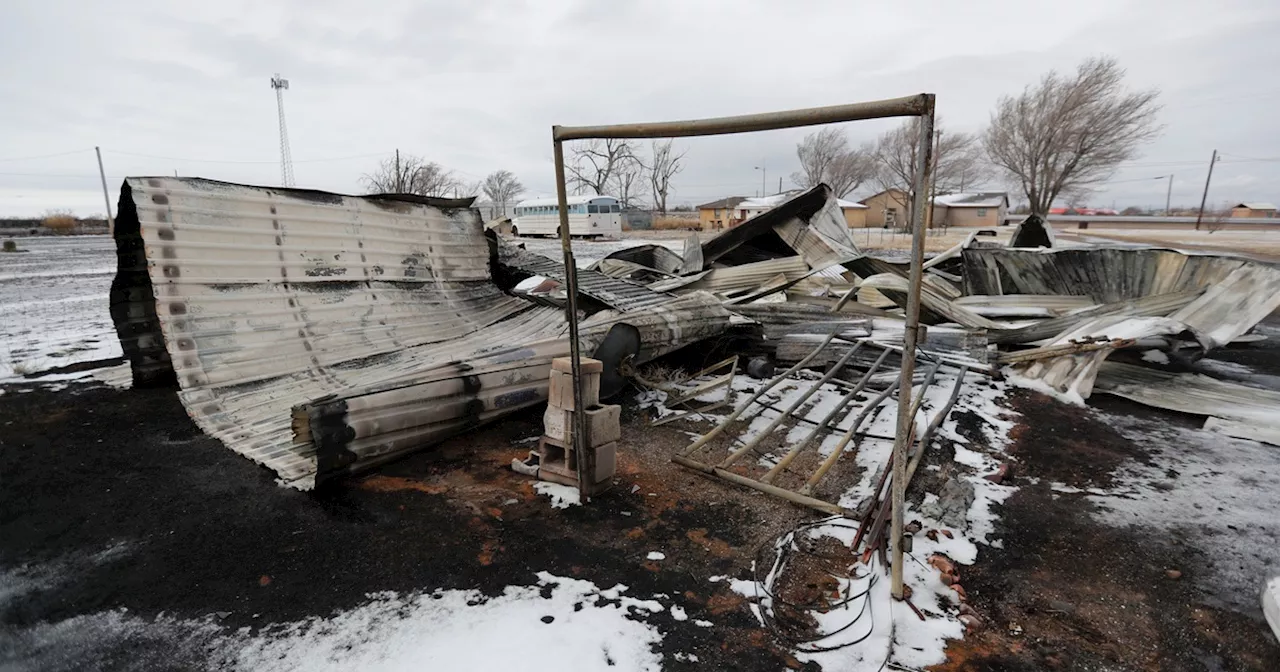 Power lines sparked Panhandle fires, Texas House report findsA lack of air support and ineffective coordination hurt efforts to contain this year's Panhandle fires, the committee said.
Power lines sparked Panhandle fires, Texas House report findsA lack of air support and ineffective coordination hurt efforts to contain this year's Panhandle fires, the committee said.
Read more »
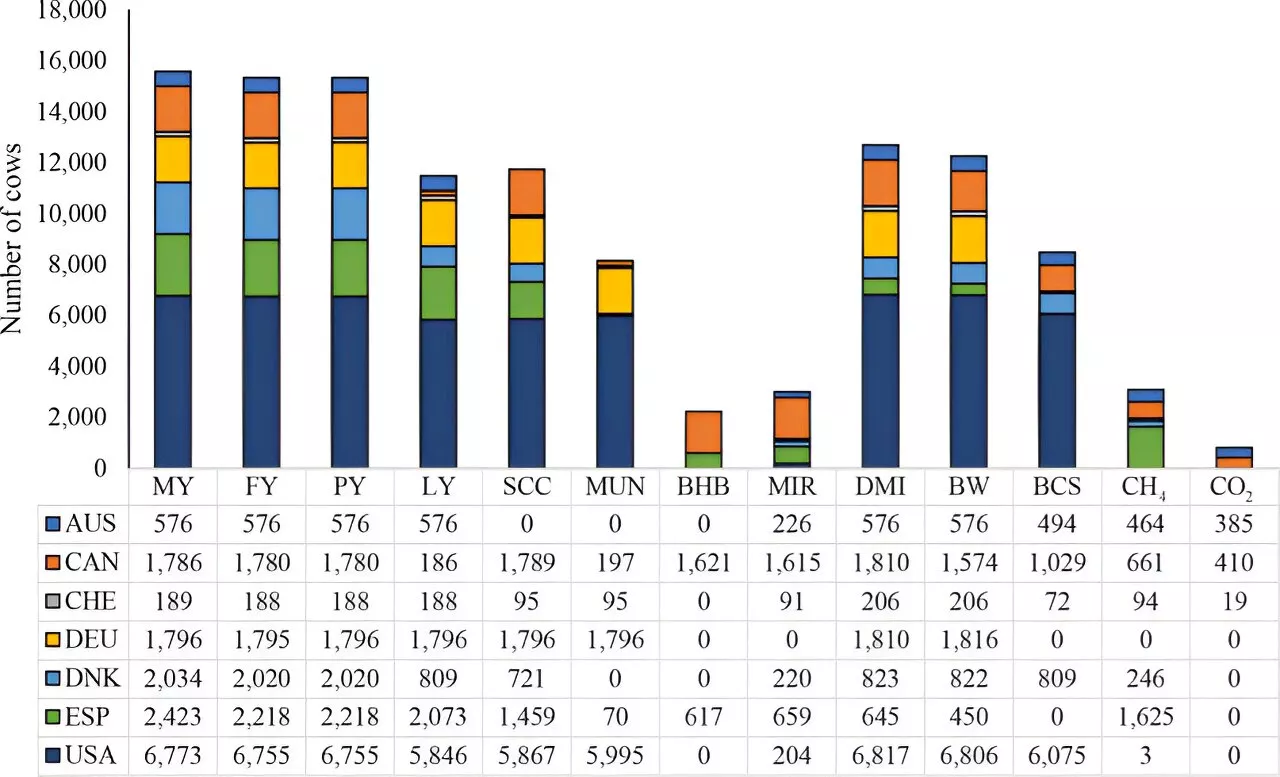 International dairy science collaboration paves the way for tomorrow's resilient dairy herdsIn a new Journal of Dairy Science study, researchers have increased the quantity and quality of the available data on genetic traits related to feed efficiency and methane emissions
International dairy science collaboration paves the way for tomorrow's resilient dairy herdsIn a new Journal of Dairy Science study, researchers have increased the quantity and quality of the available data on genetic traits related to feed efficiency and methane emissions
Read more »
